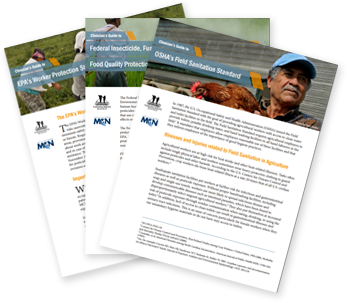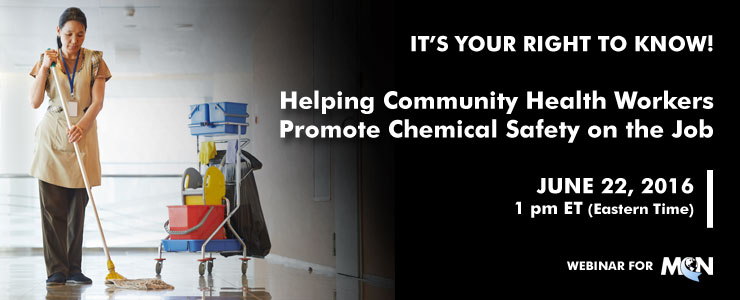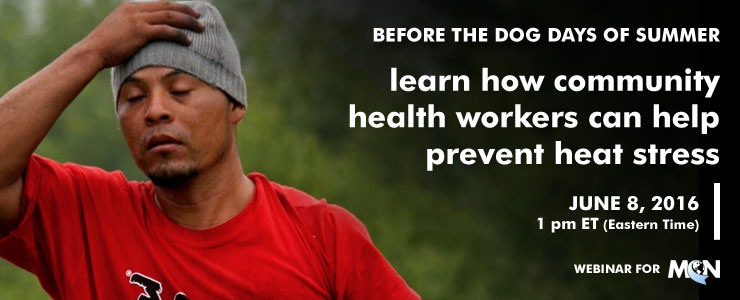New bilingual resource available April 2014!
Student Action with Farmworkers (SAF) has been using theater as an educational tool with farmworkers for over twenty years. By drawing on techniques of popular theater, SAF performs culturally appropriate, lively skits and facilitates theater workshops at farm labor camps. These performances spur conversations about mental and physical health, living and working conditions, and farmworker movements for social justice.
Many of SAF’s performances have focused on health issues, and they aim for this guide to offer dynamic tools for health care providers, educators, outreach workers, and public health innovators. Practitioners can also use these techniques with other populations across the social justice spectrum. For both organizers and educators, SAF hopes that popular theater can bolster the messages and information that you so readily share and provide a dynamic approach to outreach. Resources include songs, scripts, theater games and icebreakers. Printed copies are free, but SAF accepts small contributions to cover shipping and handling ($5-10/copy).
Available in print and online
Contact: Laxmi Haynes , 919-660-3660



